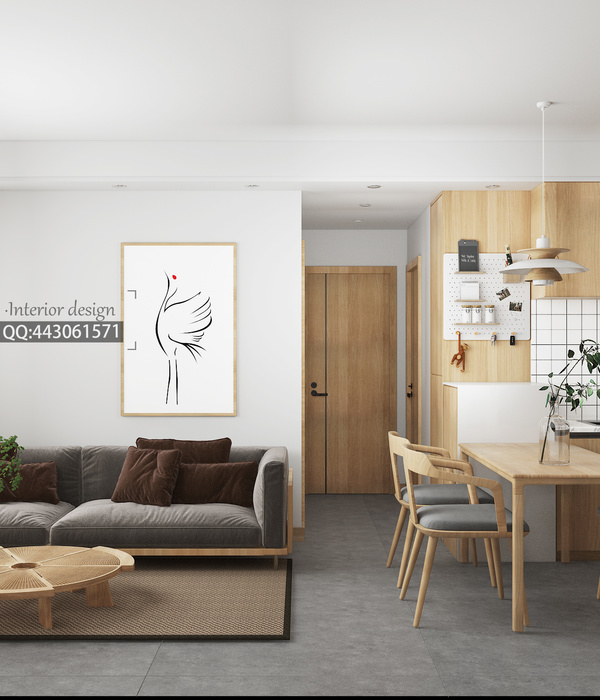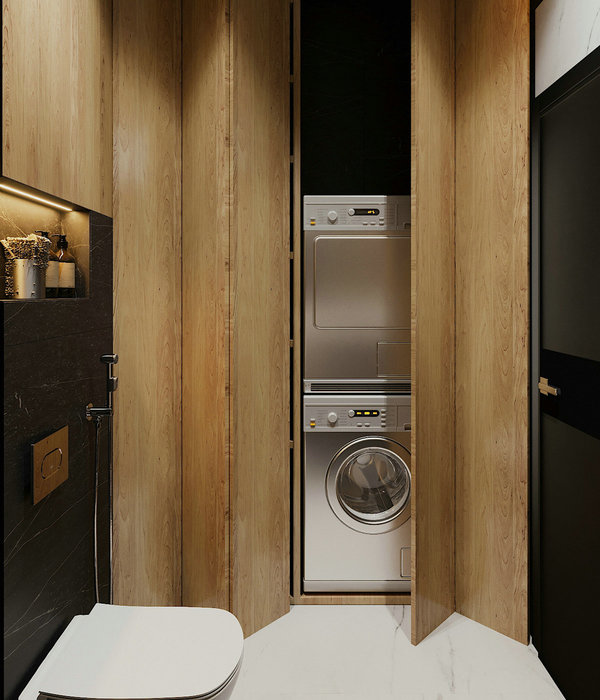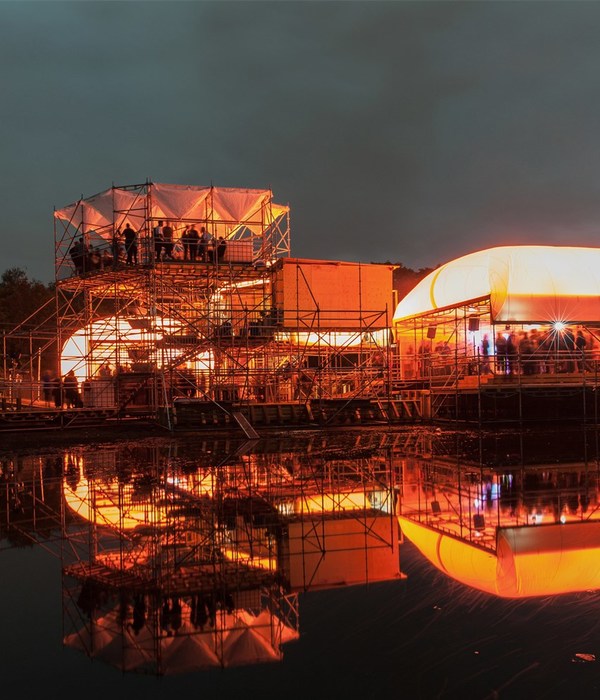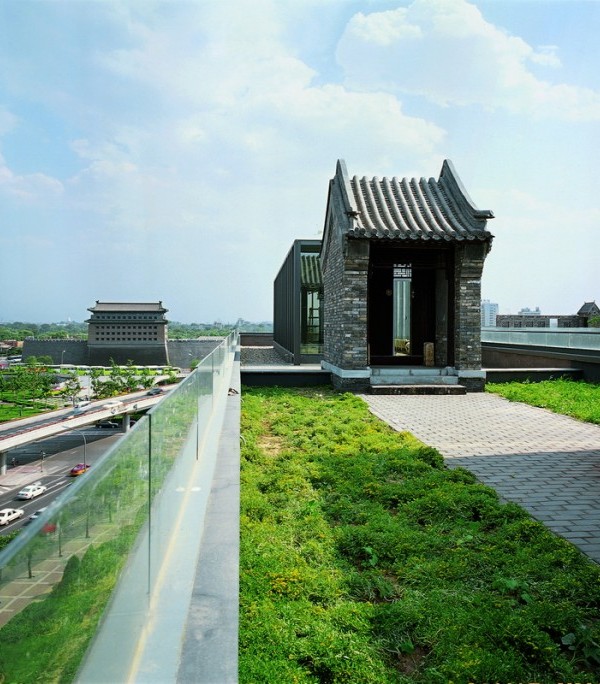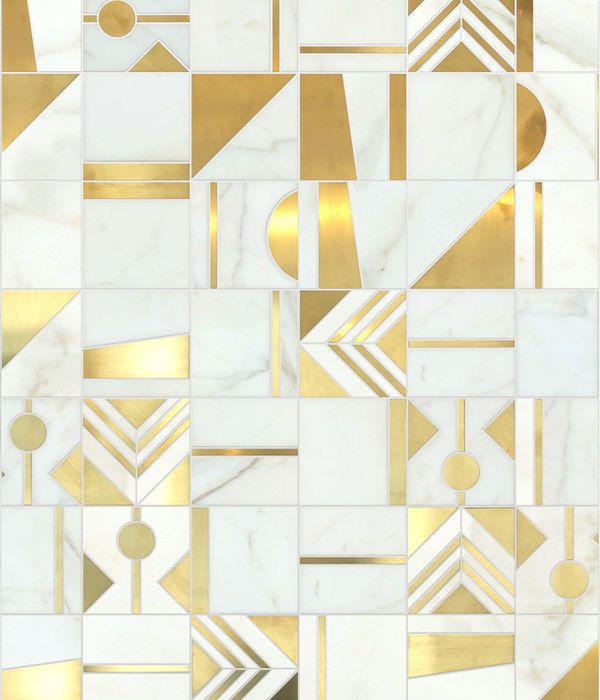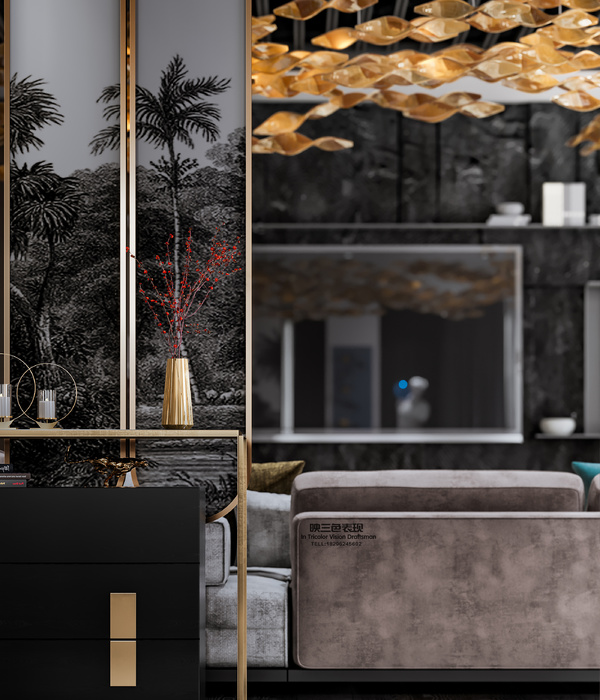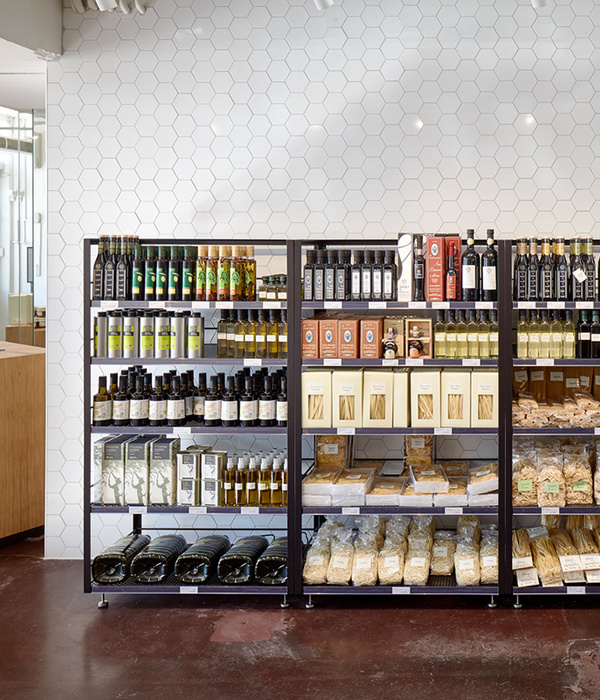“编织建筑”总结了来自Benedetta Tagliabue和EMBT多年来的实验工作的一种思维方式。他们的实验从2010年上海世博会的柳条西班牙馆开始。目前他们正在设计一个位于Clichy-sous-Bois和Montfermei(巴黎郊区)的一个地铁站(巴黎快线的一部分)、一个市场还有一个城市更新项目。它们将由纤维制造,这是一种可以抵抗时间和气候的精致的材料。
Weaving Architecture summarizes a way of thinking stemming from Benedetta Tagliabue and EMBT’s experimental work through the years, starting with the wicker Spanish Pavilion of Expo 2010 Shanghai. Progressing now in Clichy-sous-Bois and Montfermeil (in the outskirts of Paris) with the design of a metro station (part of the Grand Paris Express), a marketplace, an urban renewal, which will be built with fibers, a delicate material resistant through time and climate.
▼实体模型的实验,the experimental of physical model
在双年展上,“编织建筑” 涉及不同尺度的编织概念:通过地铁编织城市,在公共空间编织人们的活动,编织天篷的结构,使之与纤维织物相衬等等。华盖结构提供保护和遮荫,为各种公共活动创造一个舒适的半开放空间。它的多彩性质通过回顾非洲传统服饰的图案以及当地的涂鸦(一件由人民拥有的艺术品),表达了Clichy-sous-Bois和Montfermeil的精神。这种架构,就像它所代表的基础设施一样,通过体现架构的社会角色,将土地连接起来,建立起一种社会包容感。
Weaving Architecture, here in La Biennale, deals with the concept of weaving at different scales: weaving the city through its metro, weaving activities of people in the public space, weaving the structure of the canopy to dress it with fiber fabrics. The canopy provides protection and shade, creating a comfortable, semi-open space for various communal activities. Its colorful nature expresses the spirit of Clichy-sous-Bois and Montfermeil by recalling patterns of African traditional clothing as well as local graffiti – an artwork owned by the people. This architecture, like the infrastructure it represents, links territories and builds a sense of social inclusion by manifesting architecture’s social role.
▼模型细节,model details
巴黎快线是目前欧洲最大的基础设施和开发项目:项目将建设200千米的自动化地铁线路和68个新站台,并整合地铁网络、火车和机场。这个项目规模庞大,不仅是一个技术和建筑的机会,也是一个对经济、社会和文化的挑战。项目将使这些站点和其所在的社区成为更好地居住地。巴黎快线的实施将加强该地区的吸引力,以促进大都市内的平等。对数以百万计的用户来说,这不仅会改变他们的交通,也会改变他们的周边环境。来自世界各地的40多个团队正在努力设想未来的交通情况,这是一个为未来文化做出贡献的问题。
Currently Grand Paris Express is Europe’s largest infrastructure and development project: 200 km of automatic metro lines and 68 new stations to build, which integrates metro networks, trains and airports. With a scale of this venture, the project is not only a technical and architectural opportunity but also an economic, social and cultural challenge that will make these stations and their neighborhoods better places to live. Implementation of Grand Paris Express will strengthen the attractiveness of the region to promote equality within the territories of the metropolis. For millions of users, it will create changes not only in their transport but their territory. More of 40 teams from around the world are working to imagine the transport of tomorrow, a question of contributing to future culture that belongs to everybody in Grand Paris.
▼利用“编织建筑”设计的地铁站渲染,the rendering of the metro station in progress using the concept of Weaving Architecture
▼地铁站内部渲染,the interior rendering of the metro station in design
威尼斯所呈现的诗意结构是由两层交织在一起的各种元素构成的。上部采用美国红橡木模块,下部采用钢模块;它们都是用不同颜色的玻璃纤维编织在一起的,这样可以软化视觉效果,模糊结构所产生的边界。“红橡木不仅有最小的碳足迹,而且是真正可持续的”,AHEC的欧洲主管David Venables解释说。美国的硬木林占地约1.2亿公顷,由代代相传的土地所有人管理得很好。树是选择性地收获,并通过自然再生进行迭代。而木材的生长速度比提取的要快得多,森林每年增加401公顷——相当于每分钟一个足球场的面积。该建筑的红橡木构件是由位于Intrama的工匠在马德里制造的,这是一个拥有30多年建筑木工领域经验的作坊。
The poetic structure presented in Venice is composed by various elements intertwined in two levels. The higher level is built with American red oak modules and the lower one with steel modules; and both are woven with fibreglass thread of different colors, which softens the visual effect and blurs the boundaries created by the structure. “Red oak not only has a minimal carbon footprint but is also truly sustainable”, explained AHEC’s European Director, David Venables. ‘The American hardwood forest, which occupies about 120 million hectares of the United States, has been well managed by successive generations of small land owners. Trees are selectively harvested and replaced through natural regeneration. The timber grows at a much higher pace than it is extracted and the forest increases by 401 hectares each year – the equivalent of a football pitch every minute.” The red oak components of Weaving Architecture have been fabricated in Madrid by the craftsmen at Intrama, a workshop with more than 30 years of experience in the field of architectural carpentry.
▼威尼斯双年展中的展品,the installation in the biennial exhibition
该协会的主任安东尼奥·阿尔斯说:“我们从80年代就开始使用红橡木,对一些主要的项目,比如西班牙议会的细木工项目。我们喜欢和这个树种一起工作,因为它非常高贵,有一个很好的外观并且很容易使用。他还说,“在这个项目中,Benedetta决定用一种非常自然的油来面饰木材,以突出红橡木的奇妙纹理。”
Antonio Arce, Director of Intrama says “We have been using red oak since the 80s, for some major projects such as the joinery of the Spanish Parliament. It is a species we like to work with because it is very noble, has a great look and is easy to work with.’ And he adds, “In this project Benedetta decided to use a very natural oil to finish the timber in order to highlight the wonderful grain of the red oak.”
▼多彩的华盖在灯光的配合下给室内创造出丰富的纹理感,the colorful canopy along with the lighting creates a special spatial texture for the interior
项目包括了对图案进行的一项长期而深入的研究,通过一系列的情节、扭曲和自然或人工的颜色,叠加上灯光、阴影和光芒来暗指非洲的标志和肖像学。设计者使用不易燃和持久的纤维,作为识别和标志性的基底,赋予了碳的黑色、玻璃的白色、玄武岩的光芒和聚醯胺纤维的橙色一个主要角色。
The project, which consists of a long and deeper research on the pattern, refers to the signs and the iconographies of Africa through a mix of plots, twists and natural and artificial colours, overlying lights, shadows and radiances. The use of non-flammable and long lasting fibers, as identifying and iconic matrix, gives a primary role to the black of the carbon, the white of the glass, the radiance of the basalt, the orange of the coloured Kevlar.
▼墙壁上悬挂着一些组件,让人们可以近距离地观察;some components are hung along the wall for people to observe
I型网线是一种多面的多功能的纤维,在这个项目里变成了一种纹理,一种新材料,一种技术性的织物。它是流动的、有触感的、多样的,是一个艺术物件,是建筑,是设计。它能够帮助人们解读公共空间的形状、意识和意义。这是从表演世界借鉴而来的一种材料,能够使它的语言适应不同的表达需求——在某一时刻与极简主义相联系,在另一时刻则与装饰性相联系——去用一根线包含当代的无限。
I-MESH – multifaceted, multifunctional thread that becomes a texture, a new material, a technical fabric that is fluid, tactile, versatile – confirms itself as art object and project, architecture, design – able to decipher the shape, the consciousness and the meaning of the public space. A material which has been borrowed from the performance world and reconverted, able to adapt its language to the different expressive needs – in one moment linked to minimalism and in another to decorum – to develop the contemporary infinity contained in a thread.
▼装置细节,detail of the installation
▼项目渲染,project rendering
▼项目平面,project plan
{{item.text_origin}}

